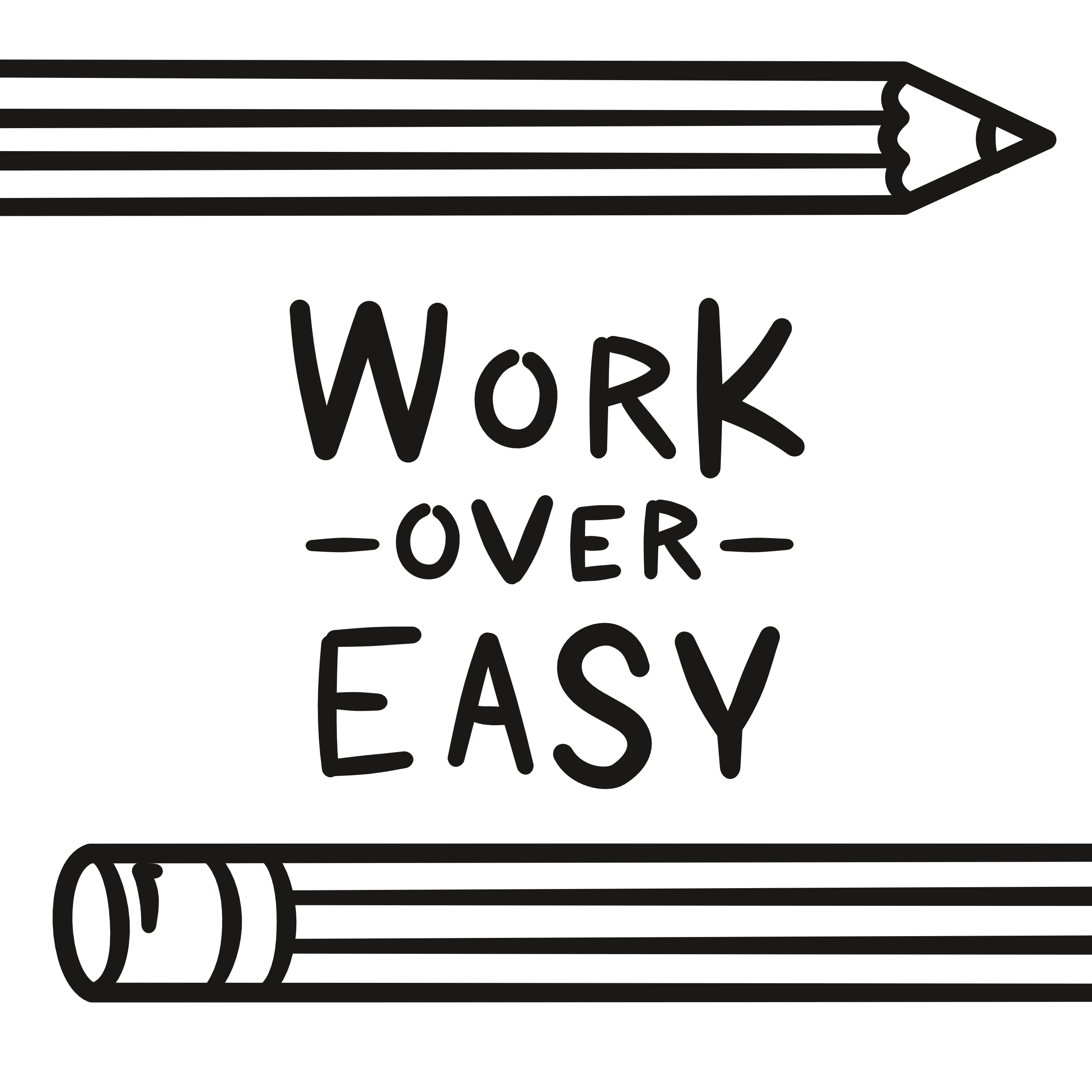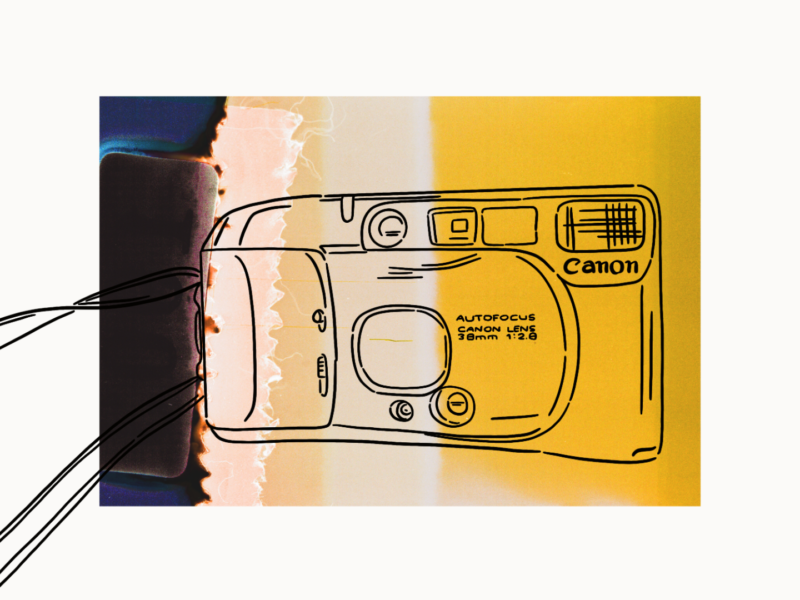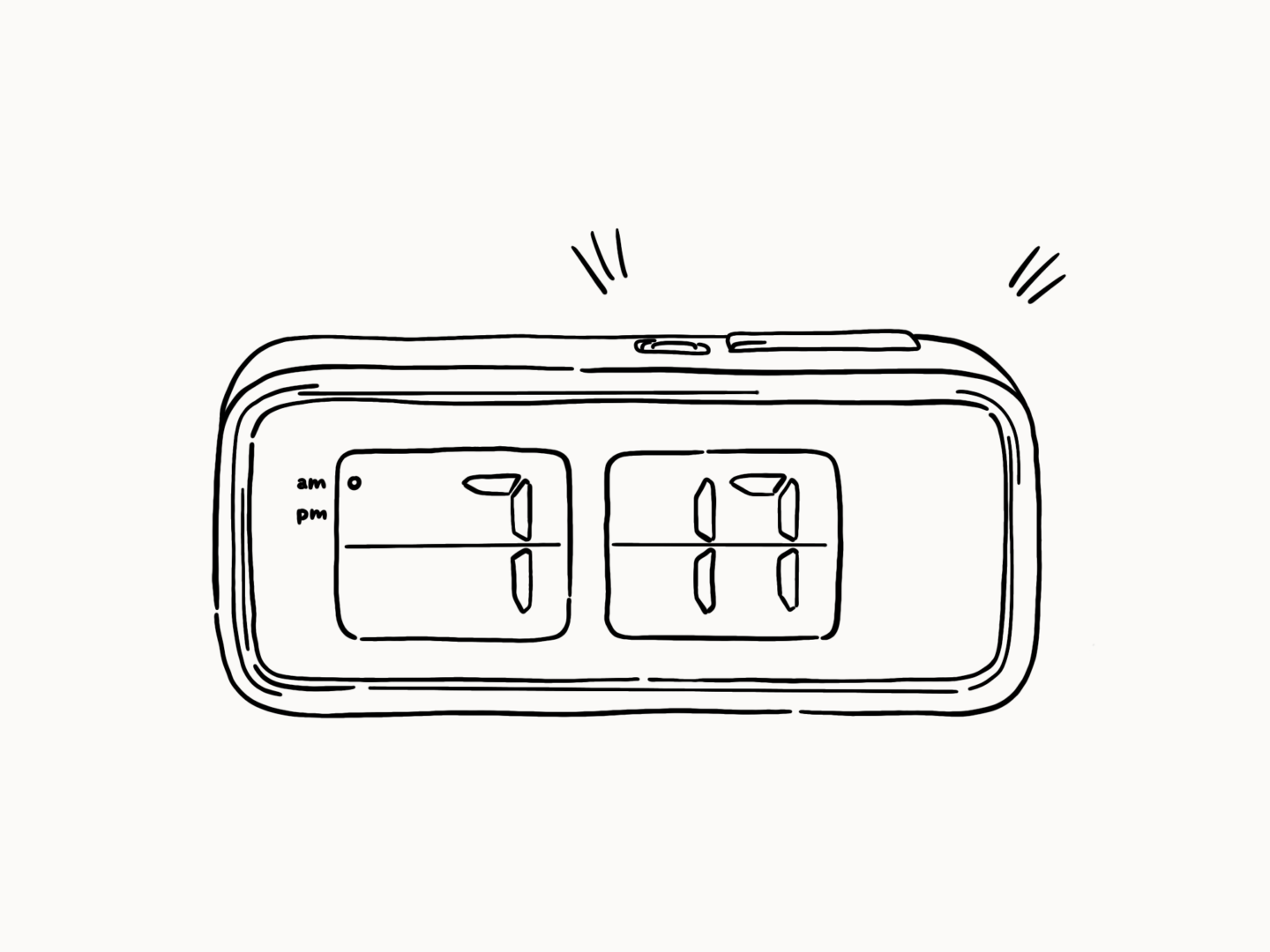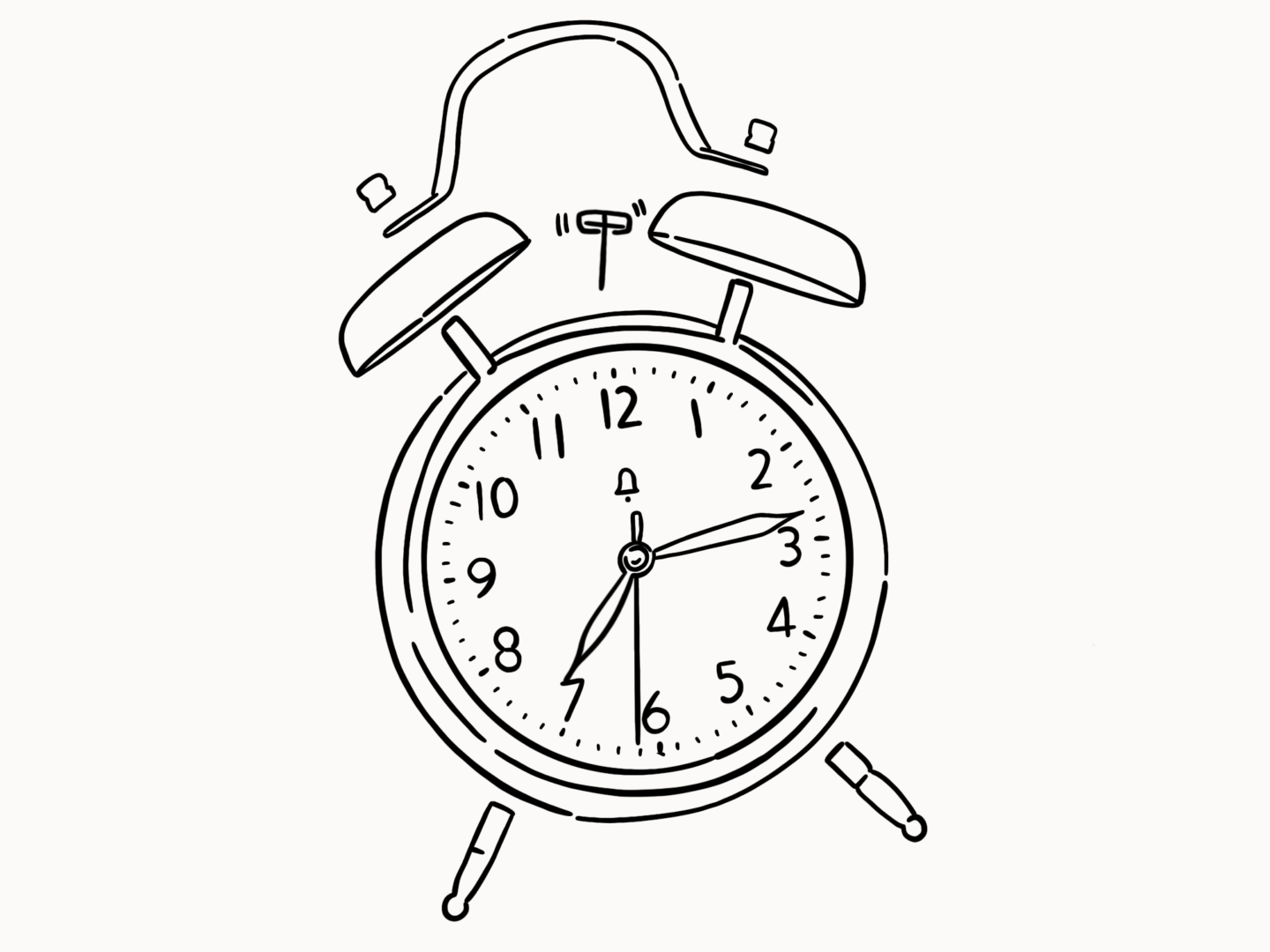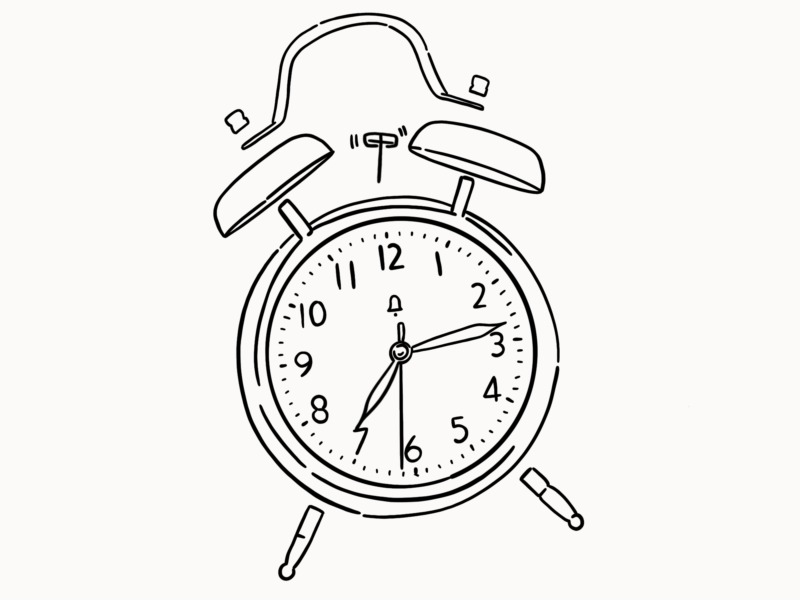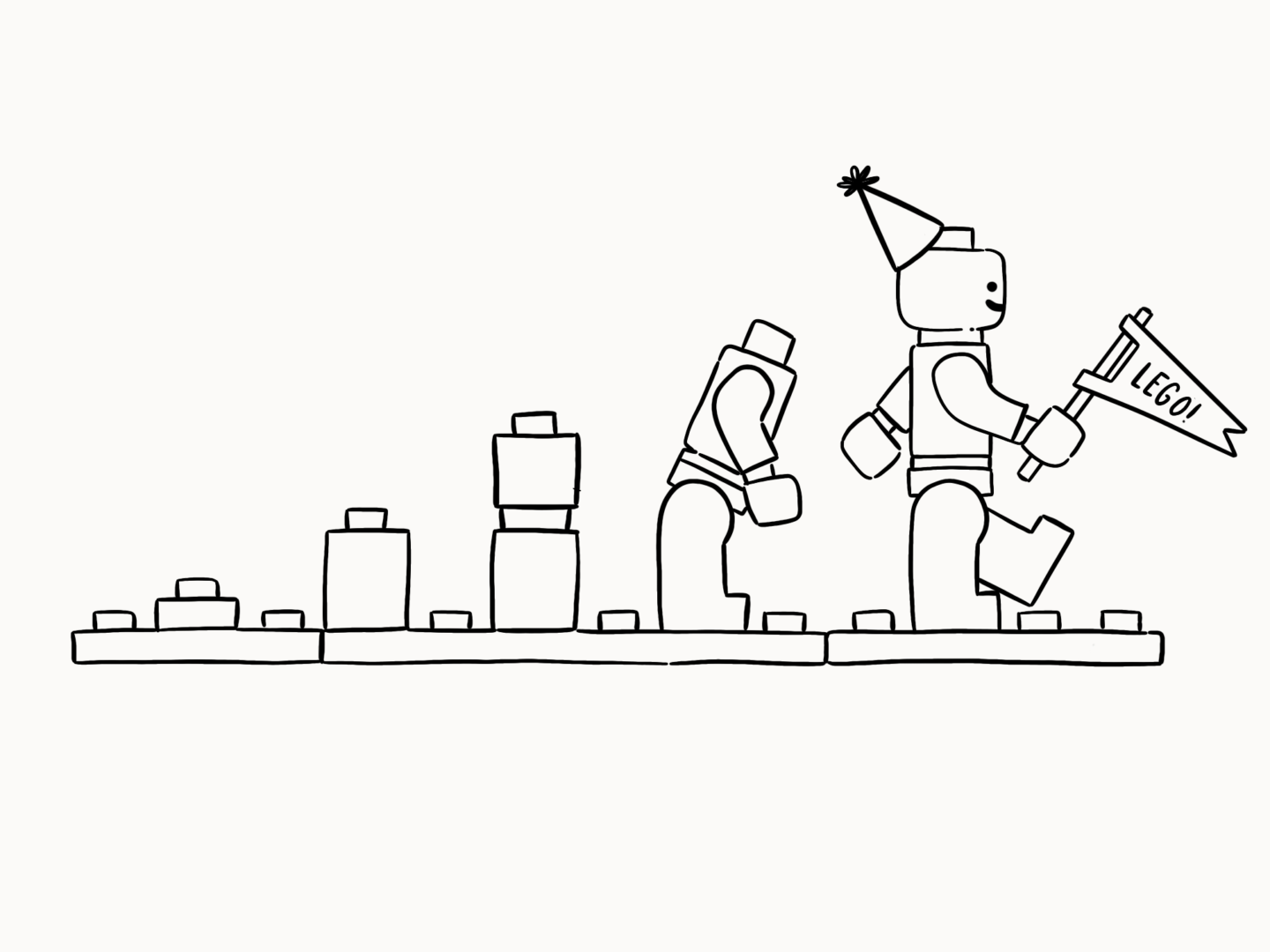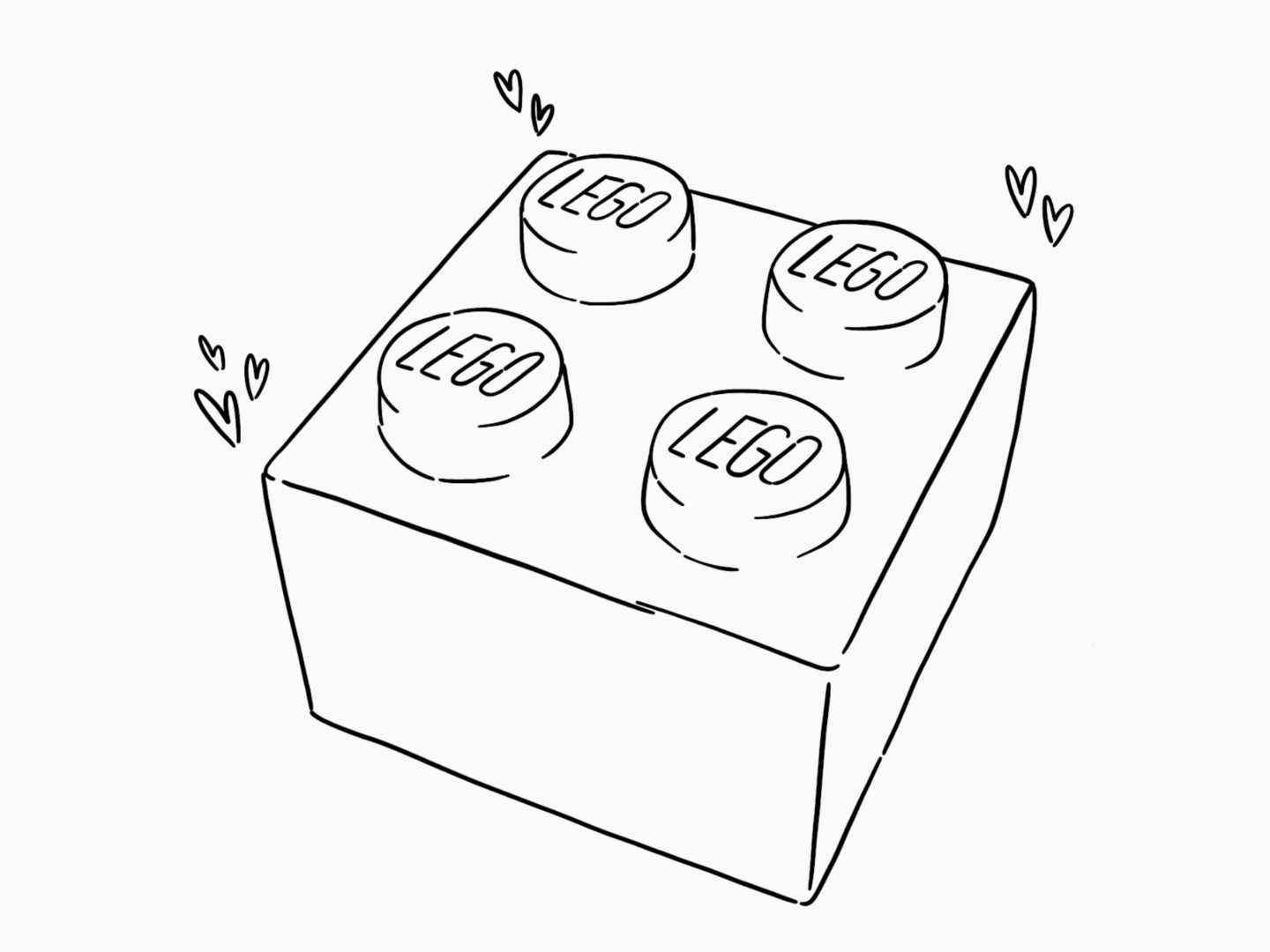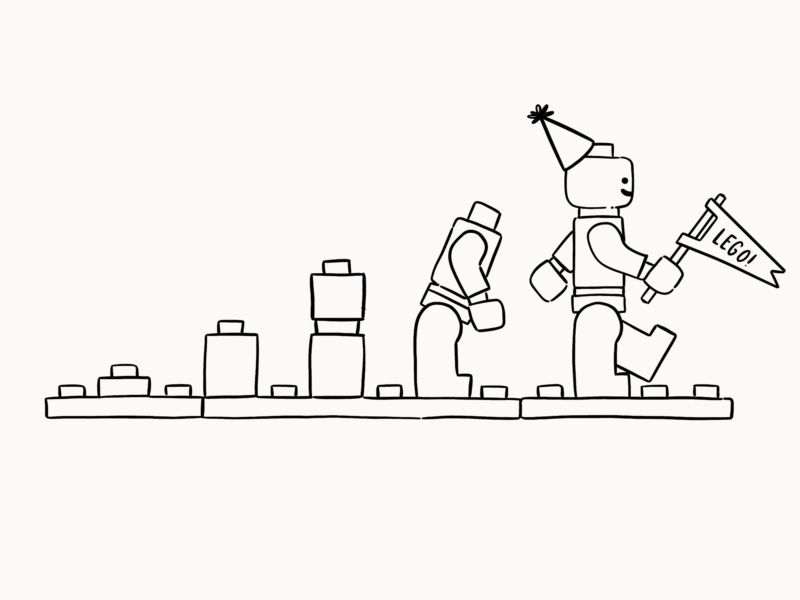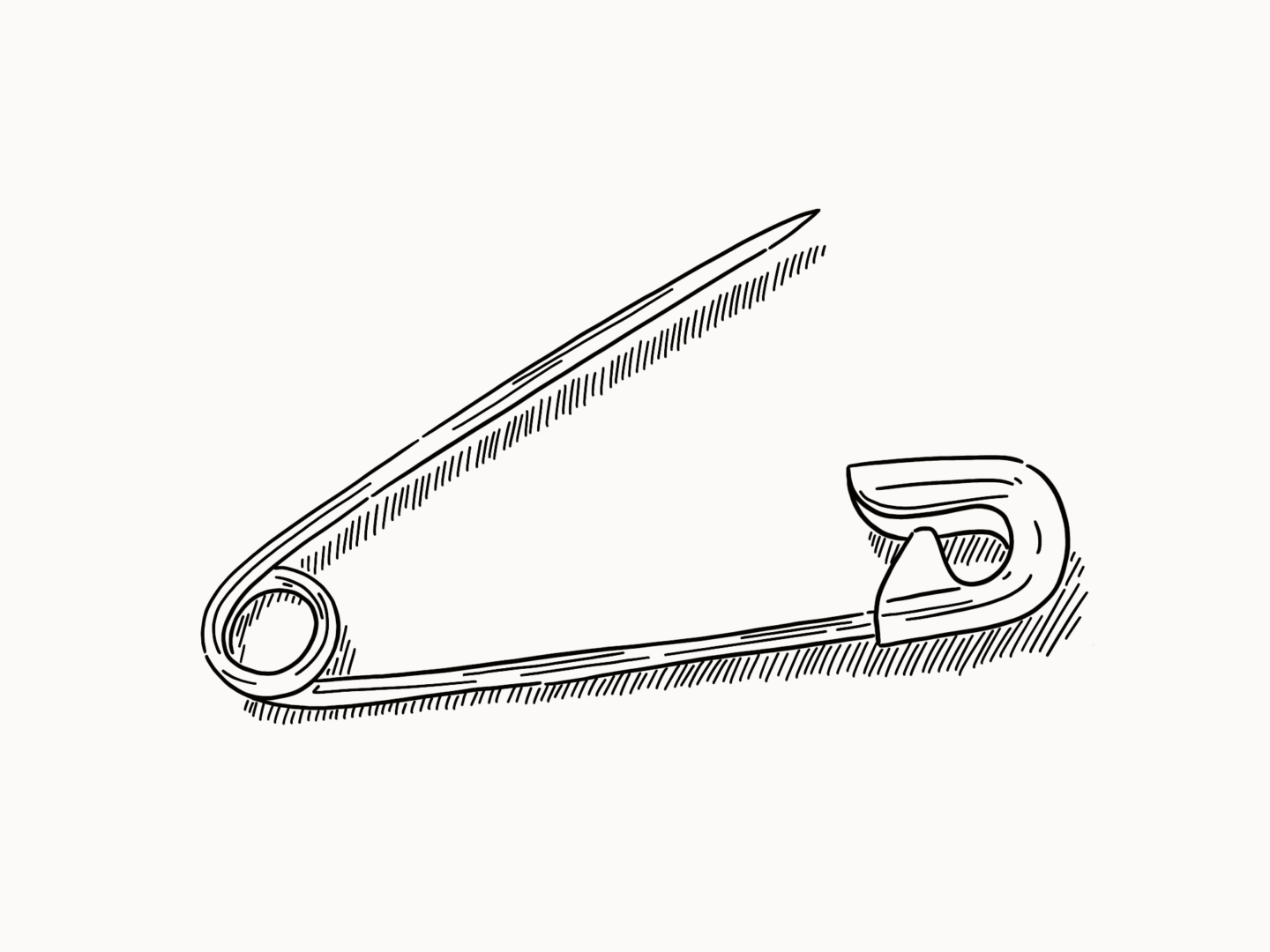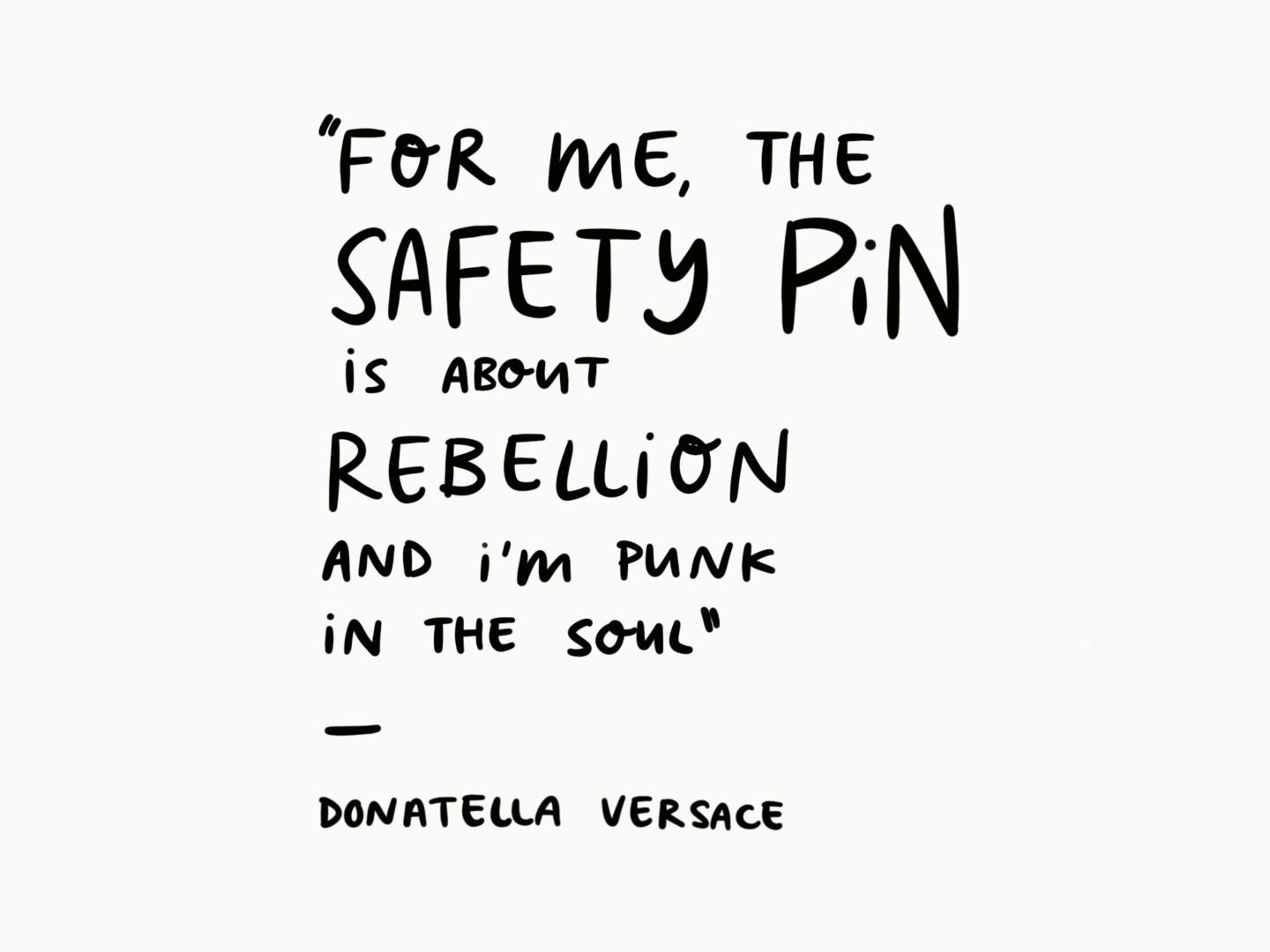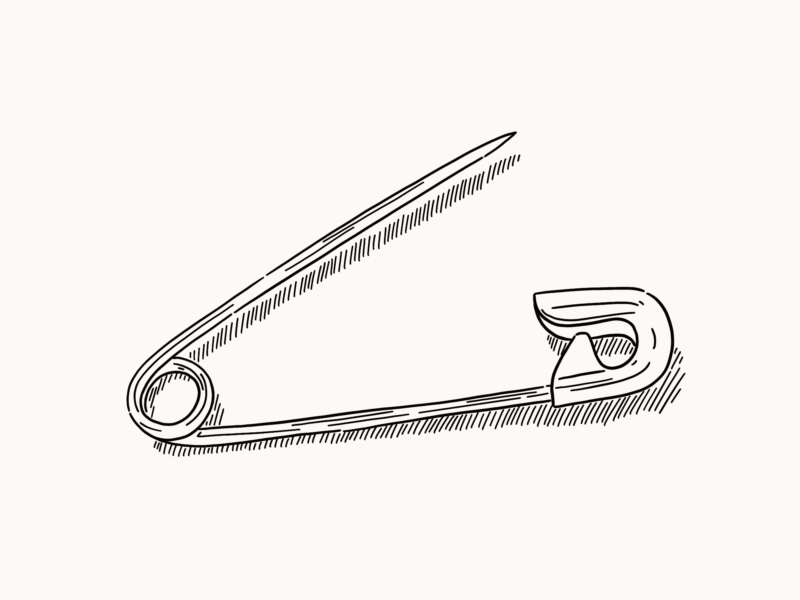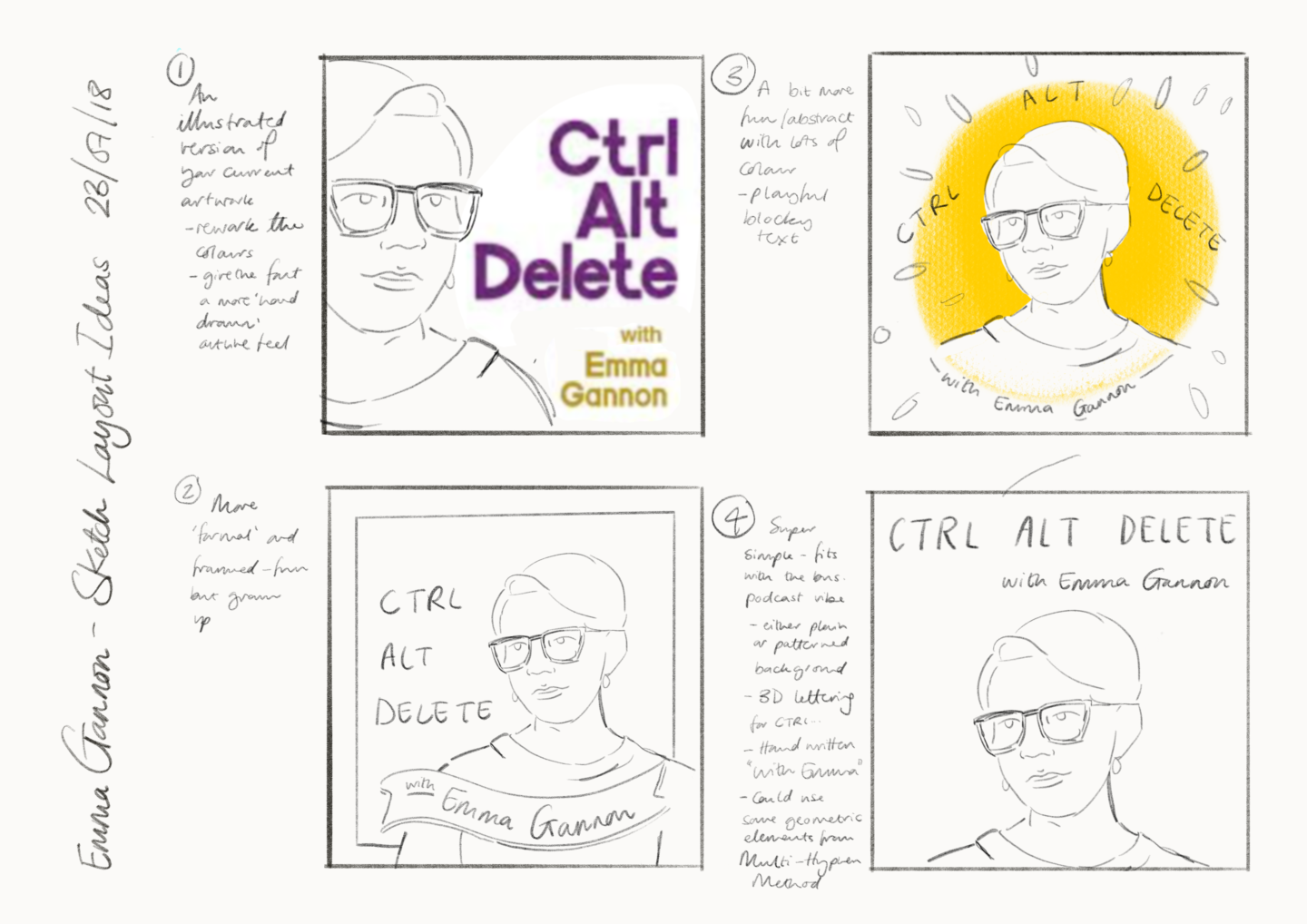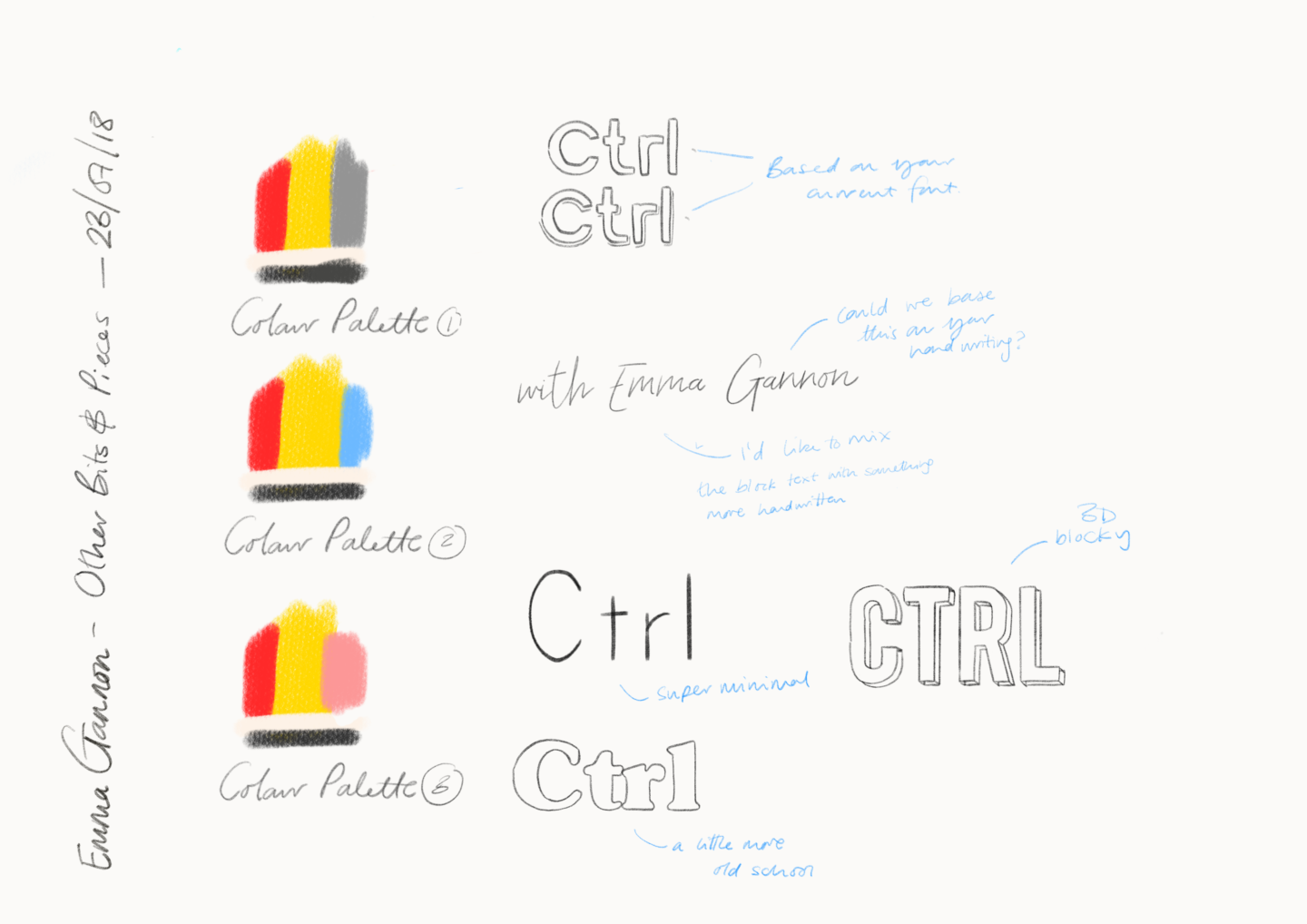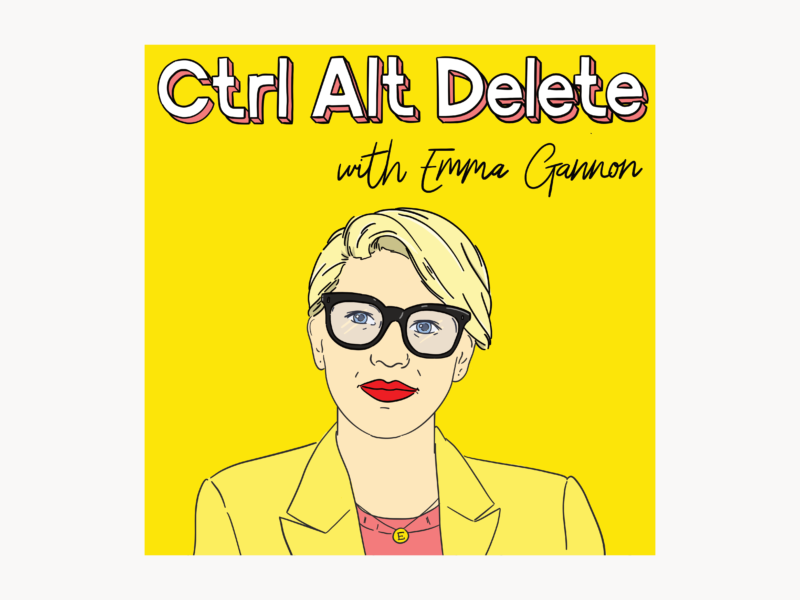I’m awful at taking photographs. Awful.
I’m technically not very good but I’m even worse at remembering to take out my camera and click the button or to just snap something with my phone. I’m perhaps the worst when it comes to getting any photographs of myself. Whenever I need one, I’m still digging out an accidental snap a friend took 4 years ago – I’m not sure there’s one more recent where I’m not gurning.
I’ve made many attempts to try to shake this weird relationship with cameras, because I’d desperately like to have more moments documented. I’d love to have images I can thumb through when nostalgia strikes, when I want inspiration or just when I want a more personal reference to draw from. I know it can be done. I’ve watched longingly as friends have completed photo or video a day challenges, infinitely impressed at their follow through.
I’ve tried to set myself similar challenges in order to force myself to get better. But I’ve fallen short every time.
I think there are two reasons, I can’t bring myself to do a daily challenge. First, I live a pretty routined life and every day challenges like taking a photo everyday can be a bit of an uncomfortable reminder of how similar the things I see every day are. Second, I’m embarrassed to take photos, particularly in public and even more so with people in. This is before we get into any of the psychology of why I’m personally so camera shy.
So, instead of setting myself a challenge I knew I was going to fail at again this year. I wanted to try to tackle one of those underlying reasons. Rather than trying to take on my quotidien existence all at once, I’ve been working towards getting more comfortable behind the camera.
At the start of this year, I bought a super cheap film camera and a load of film which I promised myself I would finish within the year. I didn’t have to use it every day but I did have to get through it.
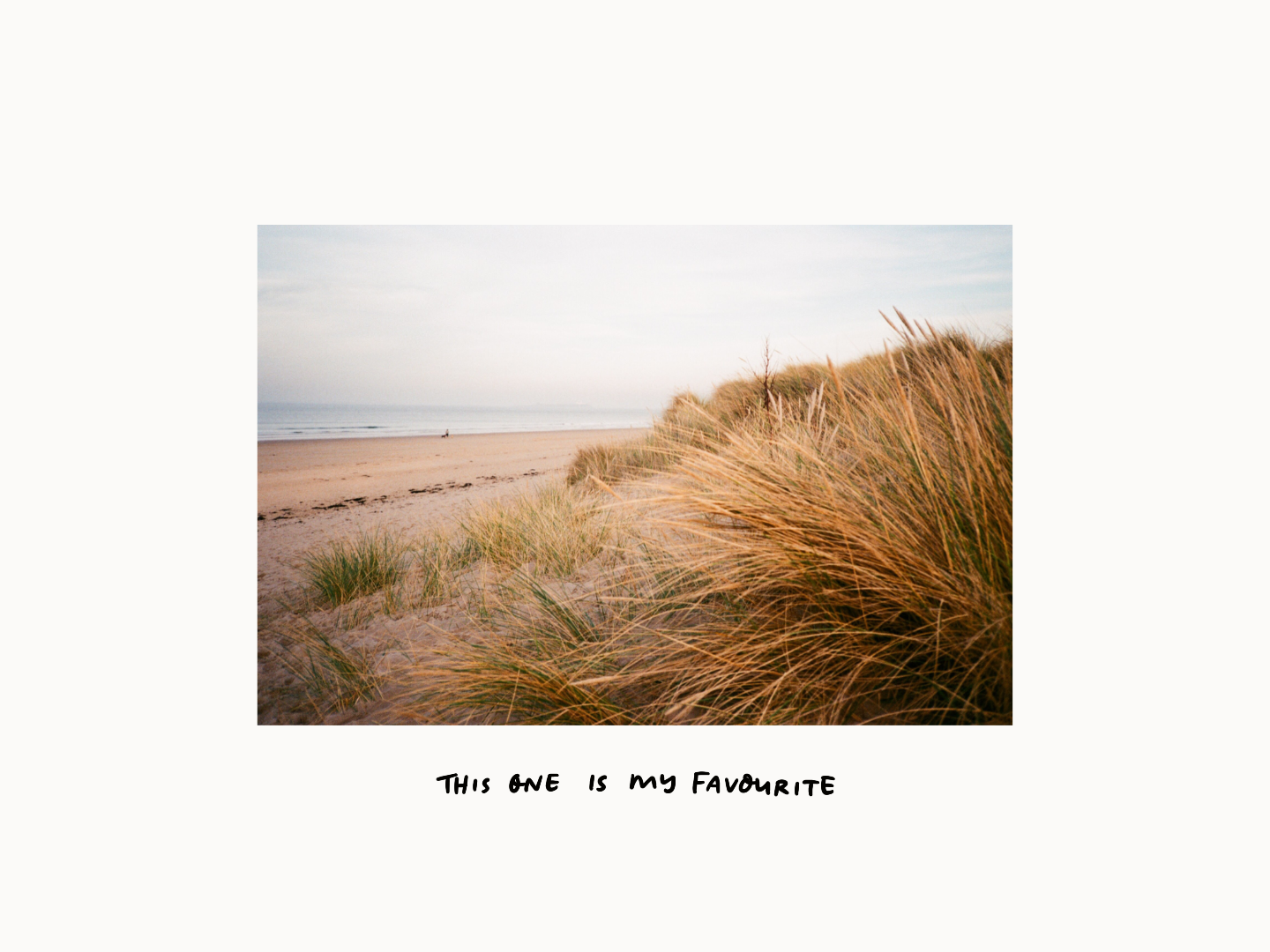
I didn’t need to buy a camera to start taking photos, especially when the ones my phone takes without even trying are probably better quality. But it was a little bit of encouragement. It was also a challenge, something I could learn. Having a new camera to figure out made it a project about that rather than the photos. Working on film also meant I didn’t have instant feedback, I had to get to then end of the roll before I could see the pictures and I couldn’t pick them apart.
Plus, it didn’t hurt that my favourite photos (family and otherwise) have usually been shot on film.
So, I loaded up the film and headed out. I’ve tried to take my camera on walks and adventures when I know I might see something nice, or want to take a moment with me for the future. I’ve also set out on trips with the purpose of taking photos, which has led to a few adventures in itself. I finally got out to Barbican Conservatory after 3 years in London.
When I’ve been with other people I’ve made clear that I’m doing a project and taking photos. No one has batted an eye, they probably wouldn’t have cared either way. Doing it for the ‘gram has become pretty standard. But declaring it as a project, just like saying you have a personal policy to set a boundary, has given it the legitimacy I needed in my mind.
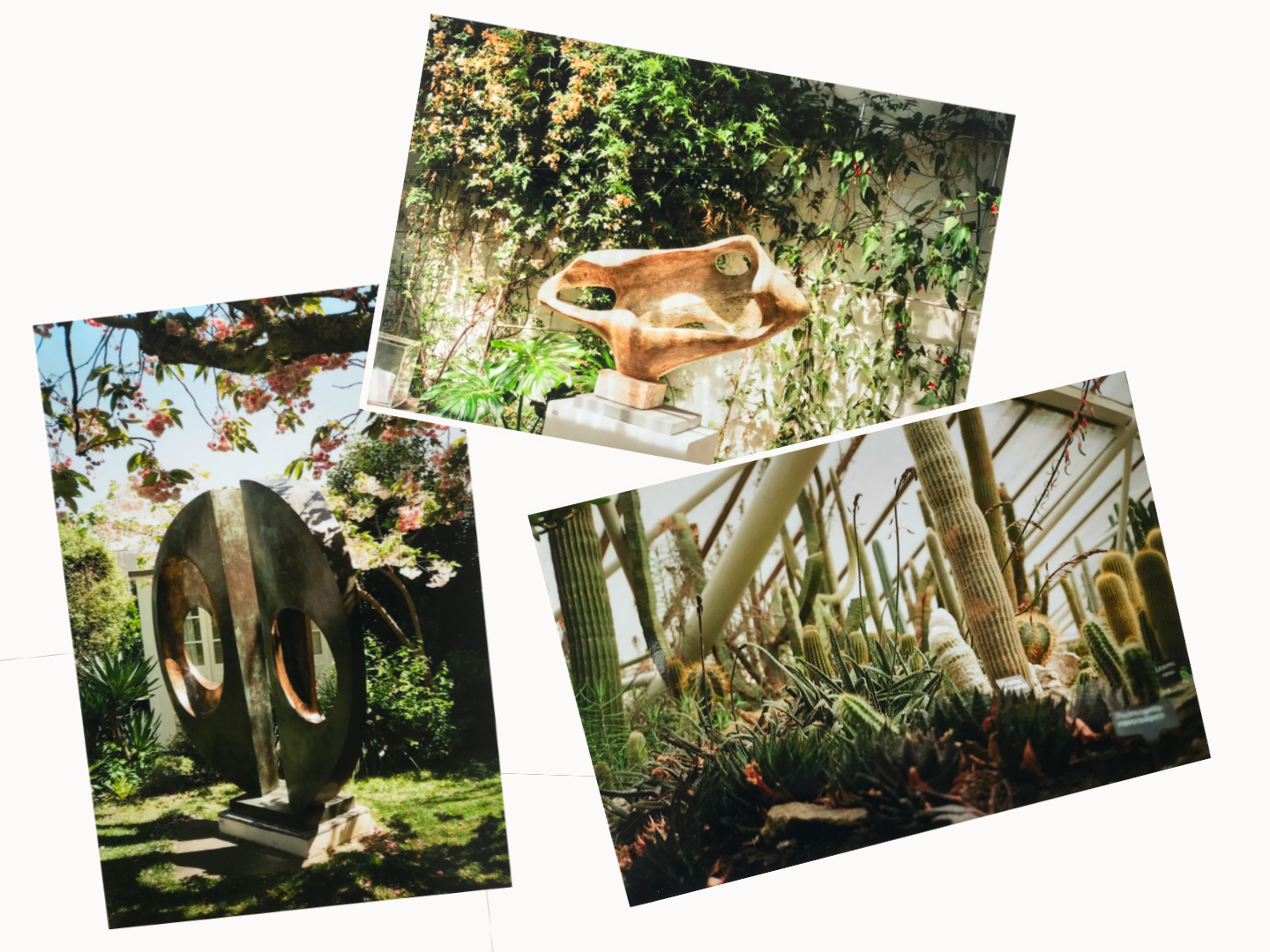
Most of the pictures I’ve taken have been pretty bad, but it’s been nice to be a beginner. I’ve had images to thumb through and turn into new art, just like I wanted. Sure it’s been frustrating when half a roll turns out hinkey (protip: don’t go to a Kodak express to get your film developed) but I’m trying to get comfortable with the messy bits of the process as well as just holding the camera.
But the images I’m not happy with have taught me how to use the camera better – be slower (probably good life advice generally) and focus on things a little further away. I’m also trying to rework them into new pieces of art, so all is not lost.
I’m still not comfortable taking photos of other people or being in photos, but I’m working on it.
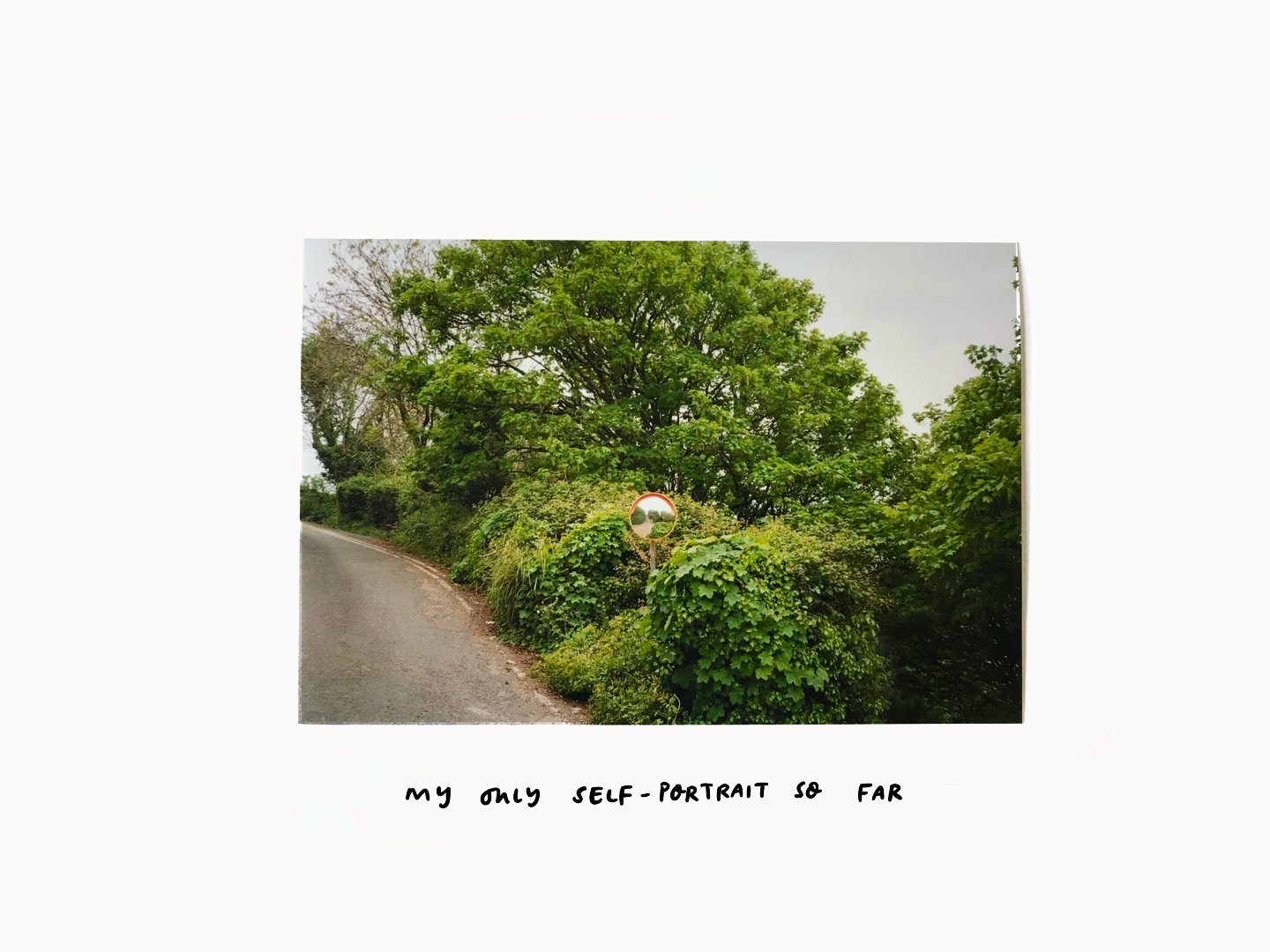
But I wanted to share this little bit of progress to talk about tackling things in baby steps and the freedom that comes from accepting you’re probably a bit shit at something before you start.
Experiment and turn being bad into part of the project.

